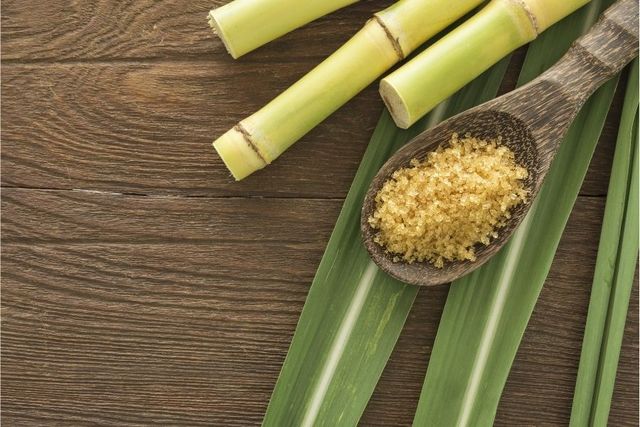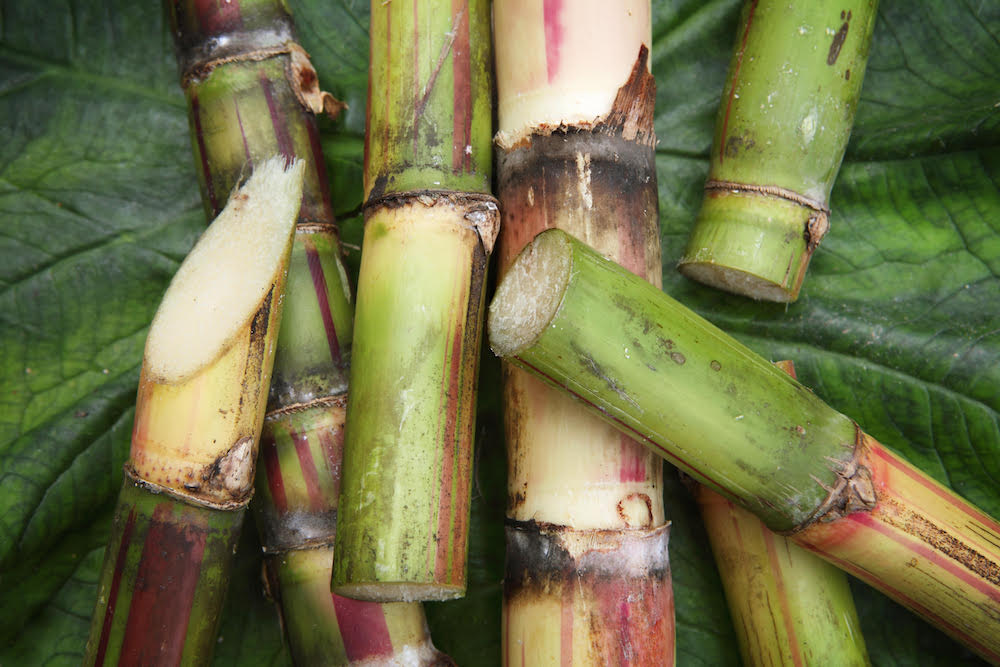Sugar and Cane: A Sweet Pairing in Health-Conscious Recipes
Discovering the Benefits of Cane Sugar Processing Chemicals for Lasting Practices
The assimilation of specialized handling chemicals in cane sugar production presents a compelling chance for advancing lasting techniques within the industry. These chemicals not only enhance removal performance and item quality yet also contribute to significant reductions in source usage and environmental effect. By taking a look at the duty of these materials, we can reveal just how they facilitate a balance between financial stability and eco-friendly duty. The effects of their usage extend beyond prompt operational advantages, motivating a better look at their long-lasting effects on both item high quality and sustainability initiatives.

Overview of Walking Stick Sugar Handling
Cane sugar processing includes a collection of elaborate actions made to extract and fine-tune sucrose from sugarcane. This procedure begins with harvesting the sugarcane, which is typically done by cutting the stalks close to the ground. sugar and cane. When collected, the cane is carried to a handling facility, where it undergoes washing and shredding to prepare it for juice removal
The following step entails squashing the shredded walking cane to launch the juice, which contains dissolved sucrose together with numerous impurities. This juice is then clarified, typically with home heating and the enhancement of lime, to eliminate strong contaminations and get a more clear fluid. The made clear juice is ultimately vaporized to concentrate the sugar content, leading to a syrup.
The raw sugar is further refined via processes such as drying and washing, inevitably creating the final item that is appropriate for consumption. Each step in this extensive procedure is important for ensuring high-grade walking stick sugar, highlighting the complexity and accuracy intrinsic in sugar manufacturing.
Duty of Processing Chemicals

Making use of handling chemicals is integral to the effective extraction and purification of sucrose throughout cane sugar production. These chemicals offer multiple features, consisting of enhancing the clearness of juice, maximizing extraction prices, and assisting in the elimination of pollutants. Secret handling chemicals include phosphoric acid, which assists in the explanation process, and calcium hydroxide, which reduces the effects of level of acidity and aids in the rainfall of contaminations.
Additionally, processing chemicals can enhance the overall yield of sugar by making sure optimum sucrose extraction from the walking stick. Chemical therapies are also getting prestige, as they can break down complex carbohydrates right into fermentable sugars, thereby enhancing effectiveness. The application of these chemicals not just improves the production procedures but also makes certain that the resulting sugar fulfills stringent quality standards.
Additionally, the function of handling chemicals encompasses improving operational efficiency by decreasing the power and water called for throughout processing. This not only contributes to cost savings but likewise straightens with wider sustainability objectives within the sugar market. By maximizing the function and comprehending of these chemicals, manufacturers can enhance manufacturing performance while preserving item top quality and safety and security criteria.
Ecological Advantages
Lasting sugar manufacturing not just improves operational efficiency but additionally supplies considerable environmental benefits that add to a much healthier ecosystem. The utilization of processing chemicals designed for sustainability helps minimize the ecological impact of sugar Related Site production. These chemicals frequently make it possible for the decrease of dangerous by-products, fostering a cleaner manufacturing process that shields regional rivers and dirt quality.
Additionally, sustainable methods in cane sugar handling improve biodiversity. By lowering chemical overflow and toxins, these methods secure habitats and promote the wellness of surrounding plants and fauna. The application of green chemicals typically leads to much better resource monitoring, as they can help with the usage of organic waste items as plant foods, thus shutting the nutrient loop and enhancing the dirt.
Additionally, the shift in the direction of sustainable handling chemicals can decrease greenhouse gas discharges. By maximizing the removal and refining processes, energy intake lowers, causing a smaller sized carbon footprint. Eventually, these advancements not only sustain the sugar sector's environmental objectives yet also align with worldwide campaigns focused on combating climate modification and advertising sustainability. Welcoming these techniques is necessary for the long-lasting viability of sugar production and the protection of our earth's resources.
Effectiveness and Waste Reduction
Executing sustainable practices not only boosts ecological results but also drives performance and waste decrease in walking stick sugar processing. The integration of specialized processing chemicals can substantially enhance production workflows, reducing the power and water usage usually related to traditional methods. As an example, enzymes tailored to enhance sugar removal can lessen the amount of resources required, causing lower operational expenses and decreased waste generation.
Additionally, by using safe or biodegradable handling here are the findings agents, suppliers can reduce the risk of wastewater contamination, causing decreased therapy requirements and more conserving sources (sugar and cane). Structured processes made it possible for by these chemicals can also improve the recovery rates of sugar, which not just maximizes outcome but likewise lowers the quantity of spin-offs that call for disposal
Additionally, applying real-time monitoring innovations in combination with processing chemicals permits far better control over operational specifications, facilitating quick modifications that can protect against wasteful discrepancies. On the whole, the tactical use of walking cane sugar processing chemicals promotes an alternative strategy to manufacturing performance, straightening economic feasibility with lasting techniques that profit both manufacturers and the setting.
Enhancing Product Quality

Furthermore, the application of pH regulators can maximize the processing problems, guaranteeing that the sugar preserves its desirable taste profile while lessening the formation of undesirable spin-offs (sugar and cane). This not just enhances the total high quality however also prolongs the service life of the sugar, fulfilling the needs of both retailers and customers
Furthermore, the execution of these chemicals is commonly aligned with sustainable methods, lowering the environmental influence of sugar production while improving item top quality. By utilizing eco-friendly and eco-friendly processing agents, suppliers can improve their market appeal and contribute to sustainable sector standards.

Final Thought
In conclusion, the assimilation of specialized cane sugar handling chemicals provides significant advantages for lasting methods within the sector. Ultimately, such green services straighten product top quality with sustainability goals, developing a framework for accountable and reliable sugar manufacturing.
The combination of specialized handling chemicals in cane sugar manufacturing offers a compelling chance for progressing sustainable methods within the sector. Each step in this considerable process is critical for guaranteeing top quality walking stick sugar, highlighting the intricacy and accuracy fundamental in sugar production.
The use of processing chemicals is indispensable to the effective removal and filtration of sucrose during walking stick sugar production. The use of specialized handling chemicals can significantly improve the purity, color, and preference of sugar items.In verdict, the assimilation of specialized walking stick sugar handling chemicals offers considerable benefits for sustainable methods within the market.